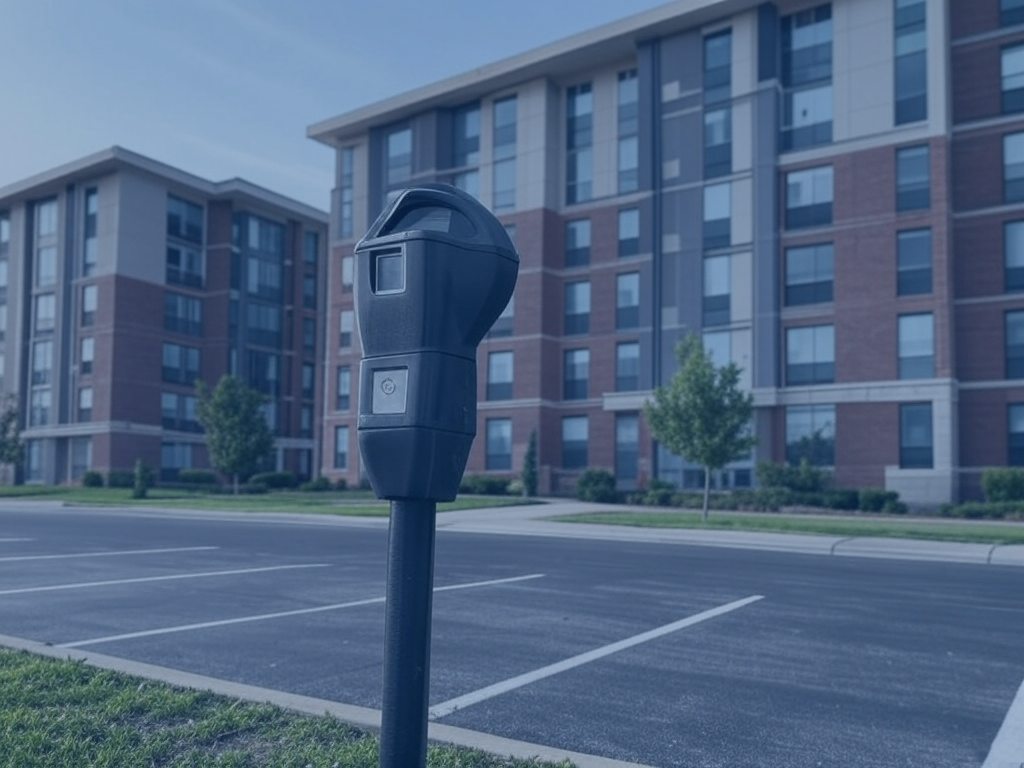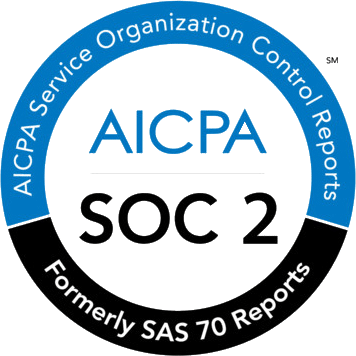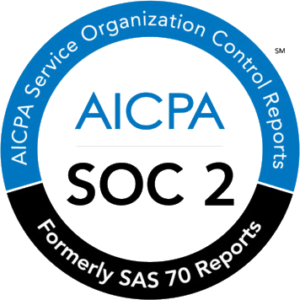Table of Contents
ToggleSummary:
- A smart office is designed to be as productive and efficient as possible, using technology and incorporating things like ergonomics and intelligent design.
- Its benefits are twofold – they make your employees more productive and help reduce a business’ operating costs.
Automation has taken over the modern workplace. Everything is done with a few clicks of a button, from ordering supplies to managing schedules. But what happens when we apply automation to the office itself?
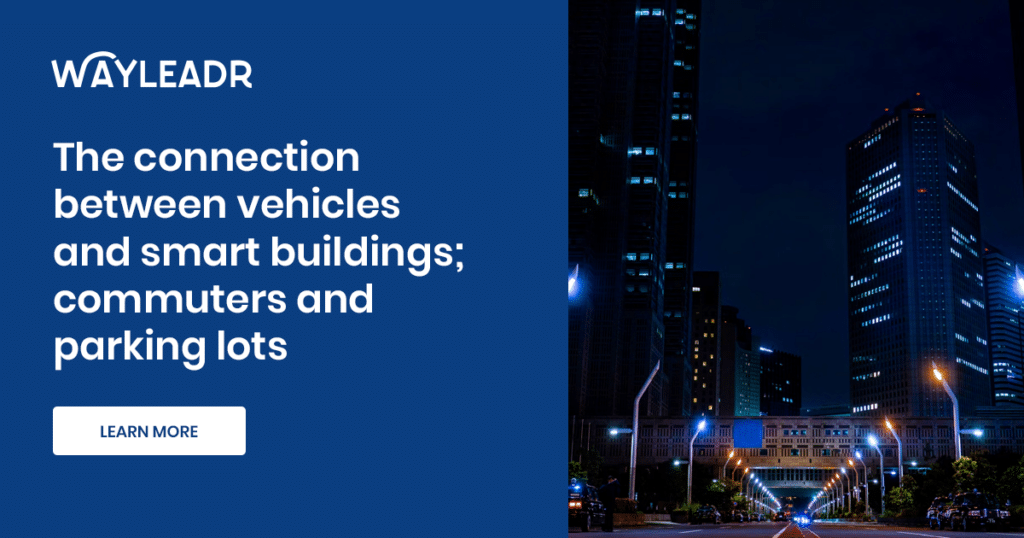
Enter the smart office – a space completely reimagined with technology in mind. So, what is a smart office, and what can it do for your business?
Smart office, defined
Is such a facility automated and run by robots? No, not quite.
Although technology has a big role to play in the future of the workplace, the term “smart office” refers to something far more holistic and expansive.
In essence, it’s an office that’s designed to be as productive and efficient as possible, using technology where necessary, but also incorporating things like ergonomics and intelligent design.
A smart office is equipped with the tools and technologies that allow employees to work more effectively and efficiently. It can include anything from:
- Centralized communication systems – Includes a central computer system that everyone has access to or different software platforms that let everyone talk to each other.
- Automated lighting and temperature controls – A few examples are sensors that automatically adjust the lighting in a room depending on how much natural light is available and programmable thermostats that keep the temperature comfortable.
- Motion sensor technology – Used with automatic doors, lighting, etc.
- Intelligent security systems – Accessible from anywhere, including modern technology and the ‘internet of things’.
- Environmental monitors – These can track things like air quality and noise levels.
- Ergonomic furniture – Designed to improve comfort and reduce strain.
Each of these elements works together to create a space that’s not only more efficient but also more comfortable and enjoyable to work in.
Factors driving smart office adoption
According to Mordor Intelligence, the smart office market in 2020 reached USD 33.53 billion. Meanwhile, we can expect this staggering amount to double by 2026, hitting USD 67.69 billion.
So, what’s driving this rapid adoption of smart office technology? The answer lies in several factors, including:
The ever-growing demand for intelligent office solutions
Favorable government regulations around the world encourage businesses of all sizes to adopt smart office solutions. For example, the European Union‘s directive on energy efficiency requires all new buildings to be “nearly zero-energy buildings” or NZEB by 2021.
The advancement of IoT in smart office offerings
With its market worth reaching USD 158.1 billion in 2022, the Internet of Things is playing an increasingly integral role in developing smart office solutions.
The need for safety and security systems in the workplace
As our world becomes increasingly digitized, so do the risks we face. Smart office security systems help mitigate these risks.
The growing popularity of remote work
The COVID-19 pandemic has accelerated the trend toward remote work, with many businesses now looking for ways to support their employees by working from home. Smart office solutions can help by providing remote workers with the same level of visibility into the workplace as they would have if they were on site.
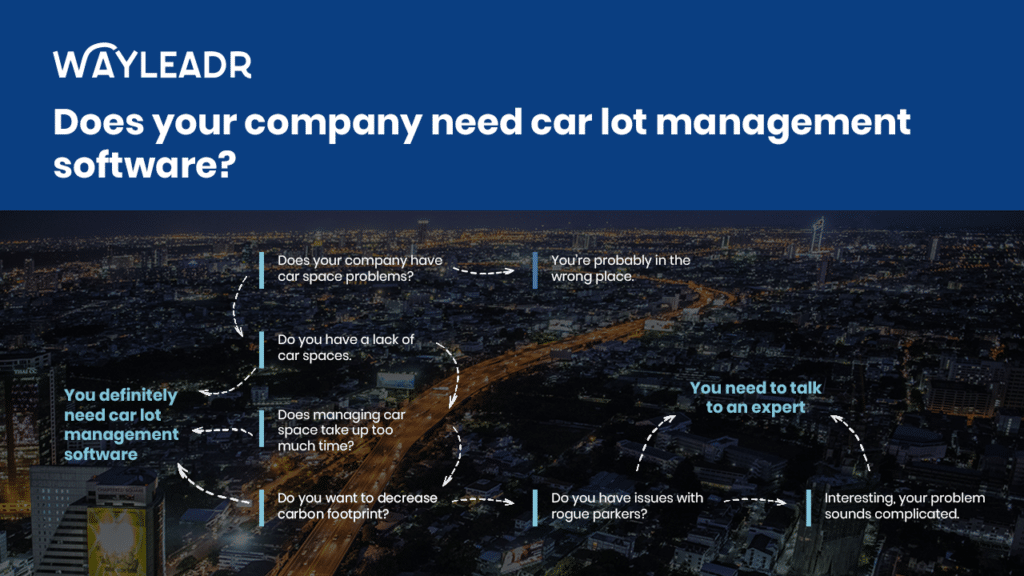
The benefits of a smart office
There are plenty of advantages that come with investing in a smart office. Among other things, a smart office can:
1. Boost employee productivity
By streamlining office operations and automating tasks that would otherwise be manual and time-consuming, employees can focus on higher-level tasks that require creative thinking and problem-solving.
2. Improve communication and collaboration
With a centralized communication system, it’s easier for employees to stay on the same page and collaborate effectively. This is particularly important for remote teams who may not have the opportunity to meet in person often.
3. Enhance safety and security
Smart office security systems can help deter crime and protect employees, customers, and visitors. For example, we can integrate Wayleadr’s last mile automation software with existing car lot security to ensure only recognised registration plates are allowed within the lot.
4. Save on energy costs
Businesses can save on their utility bills by monitoring and managing energy use. For instance, intelligent lighting systems can adjust the lights based on the time of day and the number of people in the room.
We can also control HVAC systems to ensure the temperature is always comfortable without wasting energy.
5. Maximize space utilization
Smart office solutions can help businesses make better use of their space. For example, by leveraging Wayleadr’s last mile automation, companies can understand how their employees use their parking spaces and make adjustments to optimize utilization.
6. Increase customer satisfaction
Businesses can increase customer satisfaction and loyalty by providing a more comfortable and convenient customer experience. They can utilize technology to streamline the check-in process, provide interactive wayfinding, and offer customer service via chatbots.
7. Support sustainability initiatives
Many businesses are looking for ways to reduce their environmental impact. Smart office solutions can help manage energy use, water consumption, and waste production. Companies that invest in sustainable office solutions can save money while also doing their part to protect the environment.
8. Future-proof your business
Companies need to be prepared for the future as our world becomes increasingly digitized. Smart office solutions can help enterprises stay ahead of the curve by automating tasks, improving communication and collaboration, and enhancing safety and security.
Conclusion
A smart office is an investment that can pay off in many ways.
By automating tasks, improving communication and collaboration, and enhancing safety and security, businesses can boost employee productivity, save on energy costs, support sustainability initiatives, and future-proof their business.

